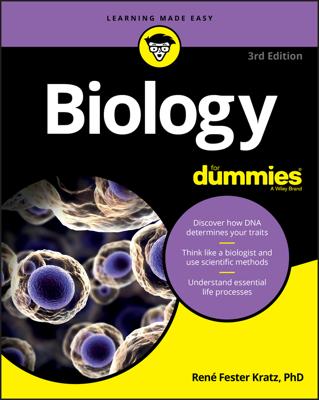General Functions of Hormones in Living Creatures

Hormones are specialized substances that coordinate the activities of specific cells in certain areas of the body. Hormones are produced by cells in glands, and they are secreted by the gland into the bloodstream. The bloodstream then transports the hormone to certain tissues, where the hormone has its effect.
In living organisms, cells form tissues, and tissues form organs. Different activities occur at each level, and these activities must be coordinated so that the right product is created and transported to the right place in the body.
The endocrine system is the system of hormone production and secretion within an organism. The endocrine system often is compared to the nervous system, which is composed of the brain, spinal cord, and nerves. Both nerve impulses and hormones carry information throughout the body. Both the endocrine and nervous systems coordinate internal activities.
Functions regulated by hormones
Whether a hormone is from a plant, invertebrate animal, or vertebrate animal, they regulate several important functions, including:
- Assuring that growth occurs properly. In humans, growth hormones must be secreted at normal levels by the pituitary gland throughout childhood and adolescence. In invertebrate animals, such as insects, growth hormone is responsible for molting, which is the shedding of the outer layer — the exoskeleton. In plants, several plant hormones control proper growth of roots, leaves, and flowers.
- Ensuring that development and maturation occur properly and on time. In insects, metamorphosis — the process of changing body forms during developmental stages — is controlled by a substance called juvenile hormone. In plants, indoleacetic acid is one hormone that affects aspects of development such as root growth, secondary growth in stems, leaves separating from the stem, and promoting the development of buds.
- Making sure that reproduction occurs at the best possible time. For humans, who have steady supplies of food year-round and sheltered environments in which to live, reproduction can occur whenever the urge hits. But for other animals and plants, reproduction needs to occur during certain seasons of the year when the climate and food supplies are optimal.
How hormones work
Proteins are needed everywhere in the body. Cell membranes, tissues, enzymes, and hormones all are proteins. The nucleus of each cell contains genetic material that controls the production of proteins and RNA. The genes present on strands of deoxyribonucleic acid (DNA) are switched “on” when a certain protein needs to be produced. Then, they are turned “off” when the level of the protein is high enough in the body.
Before the proteins can be created, the specific hormones that regulate whether the genes are turned on or off must get inside the nucleus of the cell to reach the DNA. Of course, hormones do not control the expression of every gene; only a relatively small number of genes are directly hormonally regulated.
Steroid hormones, which are made of cholesterol, diffuse from the bloodstream across the plasma membrane of the cell they are trying to get into. Once inside the cell, some of the hormones pass through the cytoplasm of the cell and diffuse into the nucleus.
Inside the nucleus, steroid hormones bind to receptor proteins. Once the receptor protein and hormone form a complex, the genes that direct the production of the needed substance are “turned on” to start creating the substance.
Peptide hormones, which are made of proteins, bind to receptor proteins on the plasma membrane of the target cell. Then, the receptor protein causes a second messenger to be produced, and the second messenger causes changes in the cell.